London property sizes
2020-05
When you get into London you can end up paying extortionate rent for a studio flat which is so small that the only way to get into the wall-mounted bed is to stand on top of the fridge and climb up a ladder. Quite easily, you can get a feeling that there isn’t enough space in London.
Home sizes
Due to this perception, many believe that properties in London are quite small - possibly smaller than those in the rest of the country. But is this belief accurate? How does London truly compare to other retions? Let’s examine the data from Energy Rating Certificates , which includes information from 15.3 million unique addresses - nearly half of all domestic properties. The following graph compares the most common home sizes in London with those across the rest of the country.
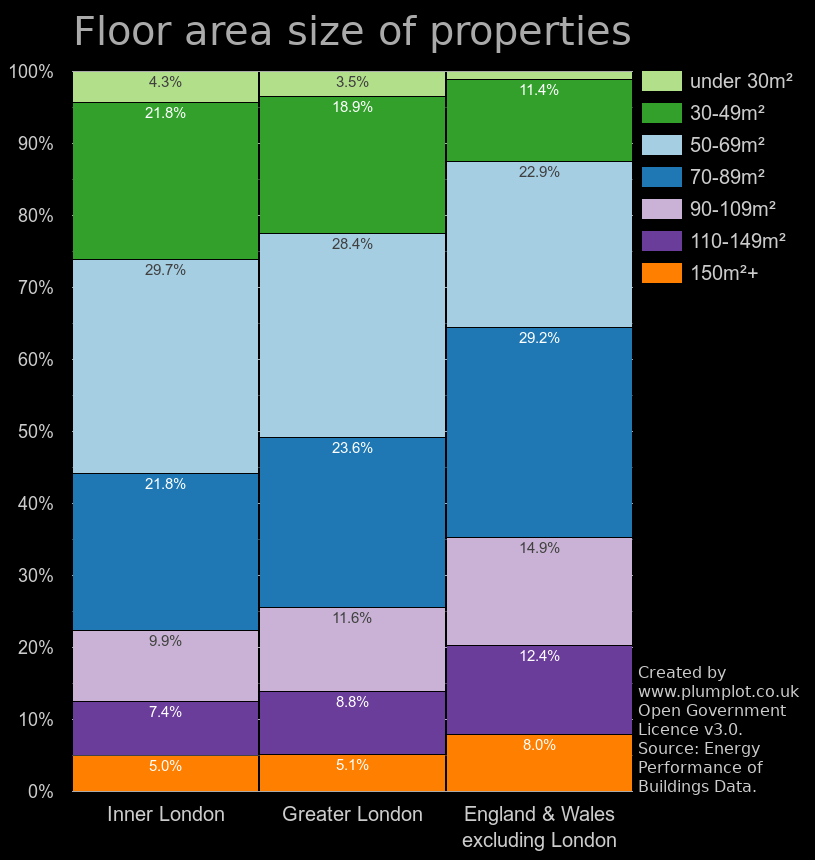
In London, over half of the homes - 50.8% - have a floor area smaller than 70 m², while this figure rises to 55.8% in Inner London. In contrast, only 35.5% of homes in the rest of the country fall under this size threshold. Additionally, the property price per square meter in London is the highest in the UK, and the population density is also elevated. This suggests that homes in London are generally smaller than elsewhere. However, this comparison is tricky.
Flat sizes
In London, more than half of the properties are flats, while in the rest of the country, the majority are houses. This creates a situation where we are comparing apples and oranges. When we focus solely on flats, the picture changes.
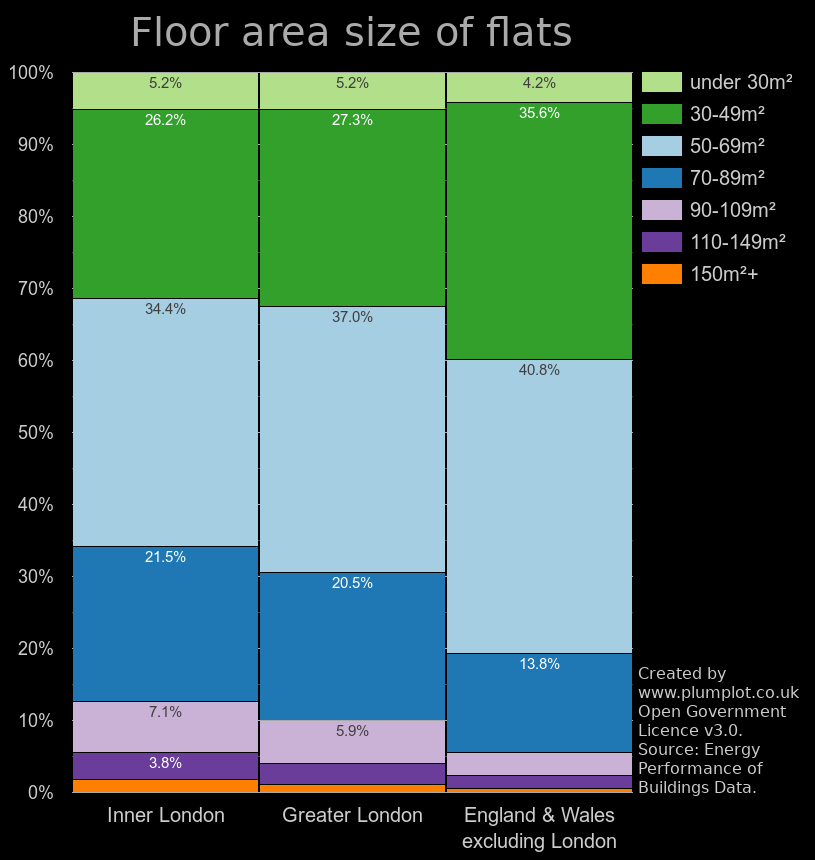
In Greater London, 30.5% of flats have the floor area size 70m² or above while in the rest of the country it’s 19.4%. In Inner London, it’s even 34.2% and only 31.4% of flats are smaller than 50m² - outside of London it’s almost 40%.
In Greater London, 30.5% of flats have a floor area of 70 m² or larger, compared to just 19.4% in the rest of the country. In Inner London, this percentage increases to 34.2%. Furthermore, only 31.4% of flats in Inner London are smaller than 50 m², whereas in other parts of the UK, this figure approaches 40%.
House sizes
Similarly, houses in London are relatively spacious:
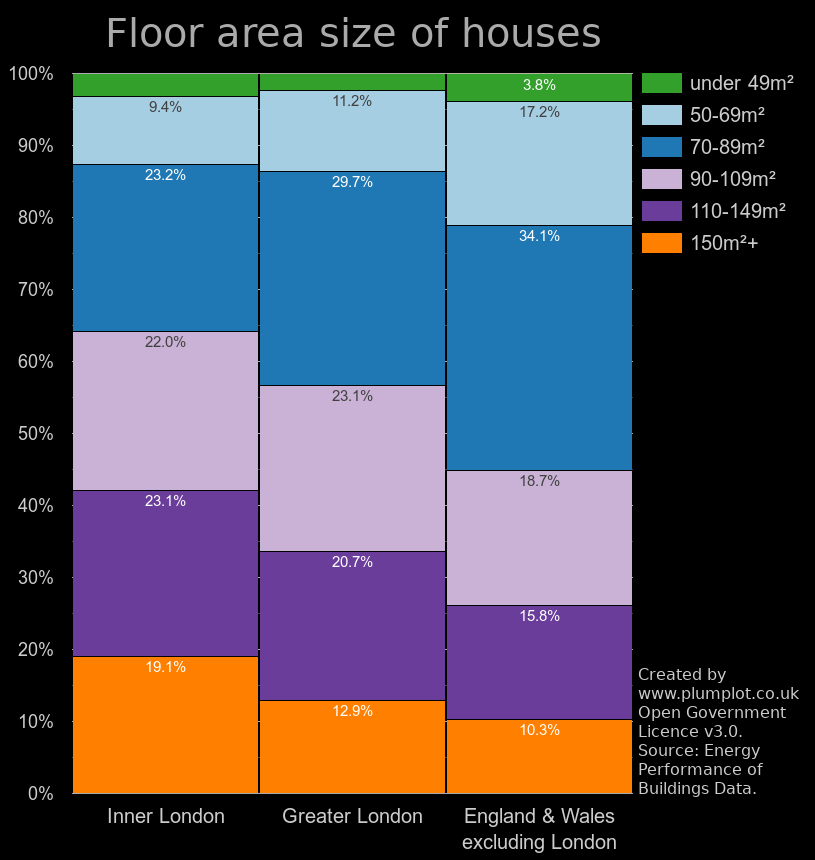
Approximately 56.7% of houses in London, and 64.2% in Inner London, have a floor area larger than 90 m². In contrast, only 44.8% of houses in other regions of England and Wales meet this criterion.
Conclusion
On average, London’s home size is smaller than elsewhere. However, it may be a bit surprising the situation is opposite when we compare home size by type.
Next for London:
- London house prices
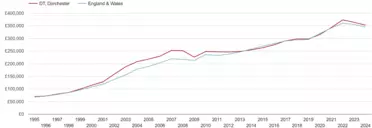
- London house prices per square metre
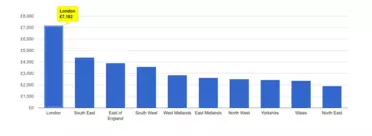
- London population
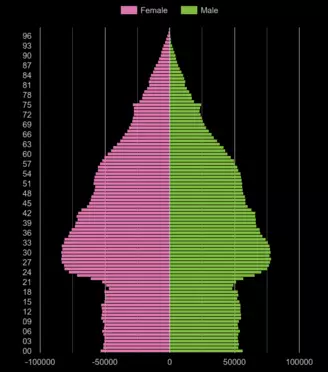
- London Census 2021
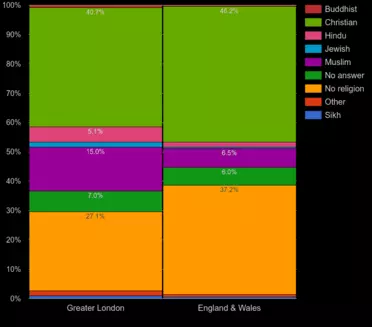
- London crime statistics
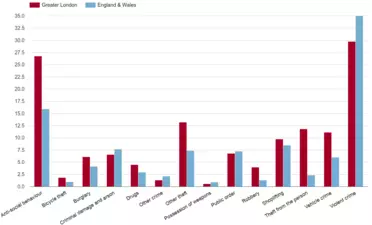
- London salary and unemployment
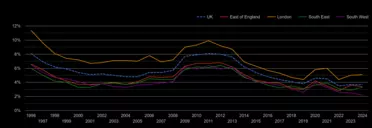
Contains public sector information licensed under the Open Government Licence v3.0.. Datasource: Energy Performance of Buildings Data .